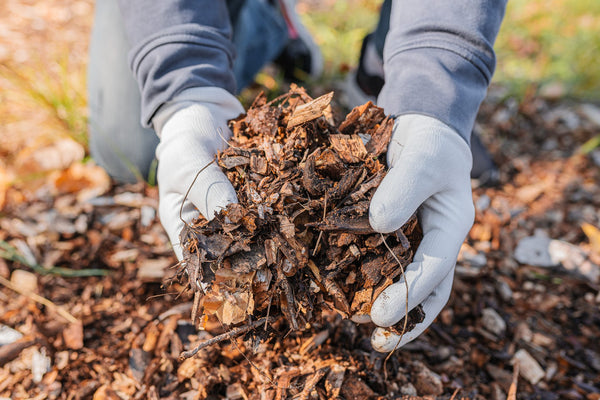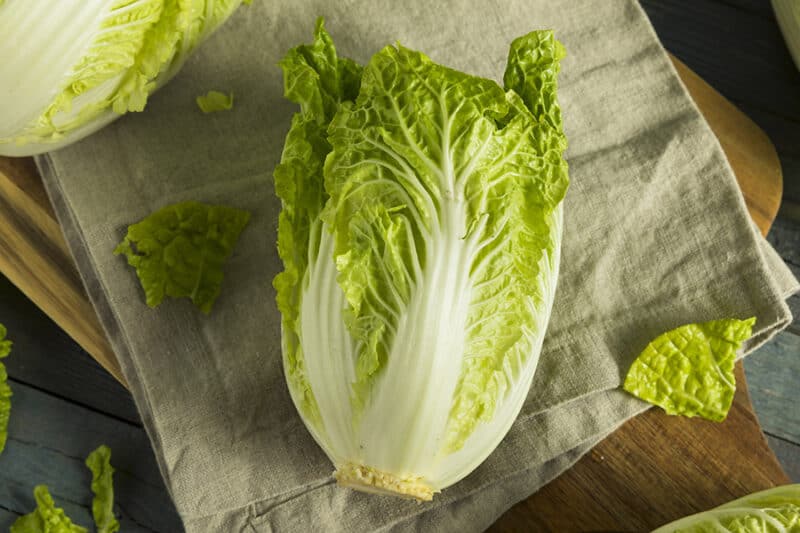Introduction
Are you dreaming of a lush garden oasis but worrying about the time and effort needed to maintain it? Say hello to your solution: low-maintenance plants. These green wonders add vibrancy and life to your outdoor space and require minimal upkeep, making them perfect for both seasoned gardeners and beginners alike. Imagine having a dream garden filled with beautiful blooms and verdant foliage, all without the stress of constant maintenance. Join us as we explore the world of low-maintenance plants and discover how you can create your hassle-free haven right in your backyard.

Understanding Low Maintenance Plants
Low-maintenance plants are those that require minimal care and attention to thrive. These plants are often resilient, adaptable to various environmental conditions, and can withstand neglect better than their high-maintenance counterparts. They are the perfect choice for busy individuals or those new to gardening who want to enjoy the beauty of nature without the constant upkeep.
Benefits of Low-Maintenance Plants
Incorporating low-maintenance plants into your garden offers several advantages:
- Reduced time and effort required for upkeep: Low-maintenance plants require less watering, pruning, and fertilizing, freeing up your time for other activities.
- Increased resilience to environmental conditions: These plants are hardy and can withstand fluctuations in temperature, soil conditions, and moisture levels, making them ideal for gardens with unpredictable weather.
- Versatility in various climates and soil types: Whether you live in a desert or a humid coastal region, low-maintenance plants are suited to thrive in your garden.
Factors to Consider When Choosing Low-Maintenance Plants
When selecting low-maintenance plants for your garden, consider the following factors:
- Climate suitability: Choose plants that are well-adapted to your local climate and weather patterns to ensure they thrive in your garden.
- Soil requirements: Take into account the soil conditions in your garden, such as pH level and drainage, and choose plants that will flourish in those conditions.
- Sunlight exposure: Determine the amount of sunlight your garden receives throughout the day and select plants compatible with those light levels, whether they prefer full sun, partial shade, or full shade.
- Watering needs: Opt for plants with low to moderate water requirements to minimize the need for frequent watering, especially if you live in an area with limited rainfall or water restrictions.
- Growth habits and size: Consider the mature size and growth habits of the plants to ensure they fit within your garden space and won't require excessive pruning or maintenance.
Top Low Maintenance Plants for Gardens
Discover a variety of low-maintenance plants that are perfect for creating your dream garden:
- Succulents and Cacti: These water-wise plants come in a wide range of shapes, sizes, and colors, adding texture and interest to your garden while requiring minimal watering.
- Ornamental Grasses: Bring movement and elegance to your garden with ornamental grasses, which require little maintenance and provide year-round visual appeal.
- Lavender: Enjoy the soothing fragrance and beautiful blooms of lavender, a hardy perennial that thrives in sunny, well-drained soil with minimal care.
- Daylilies: These colorful perennials are easy to grow and require little more than regular watering and occasional dividing to thrive.
- Hostas: Create lush, leafy borders with hostas, which thrive in shady spots and require minimal attention once established.
- Coneflowers: Add a burst of color to your garden with coneflowers, which attract pollinators and thrive in sunny, well-drained soil with minimal care.
- Black-eyed Susans: Brighten up your garden with the cheerful blooms of black-eyed Susans, which require little maintenance and bloom profusely throughout the summer.
- Russian Sage: Bring a touch of elegance to your garden with Russian sage, a drought-tolerant perennial with aromatic foliage and stunning blue flowers.
- Ferns: Create a serene woodland retreat with ferns, which thrive in shady, moist conditions and require minimal maintenance once established.
- Shasta Daisies: Add classic charm to your garden with Shasta daisies, which bloom prolifically from late spring to early fall and require minimal care to thrive.

Design Tips for Incorporating Low-Maintenance Plants
Here are some practical tips for integrating low-maintenance plants into your garden design:
- Group plants with similar care requirements together to simplify watering and maintenance tasks.
- Use containers and raised beds to create focal points and reduce weed growth in your garden.
- Incorporate evergreen plants for year-round interest and structure, providing visual appeal even in the winter months.
- Mix low-maintenance plants with other garden elements, such as hardscaping features or water features, to create a balanced and harmonious landscape.
Maintenance Tips for Low-Maintenance Plants
While low-maintenance plants require less care than high-maintenance varieties, they still benefit from some attention:
- Water deeply and infrequently to encourage deep root growth and drought tolerance.
- Apply a layer of mulch around plants to conserve moisture, suppress weeds, and regulate soil temperature.
- Prune dead or damaged growth as needed to maintain the plant's shape and promote new growth.
- Fertilize sparingly with a slow-release fertilizer to avoid overfeeding and encourage healthy growth.
- Monitor plants regularly for signs of pests or diseases and take action promptly to prevent issues from escalating.
Troubleshooting Common Issues
Even low-maintenance plants can encounter problems from time to time. Here's how to address some common issues:
- Overwatering and root rot: Allow the soil to dry out between waterings and improve drainage if necessary.
- Pest infestations: Use natural pest control methods such as insecticidal soap or introduce beneficial insects to keep pests in check.
- Soil deficiencies: Amend the soil with organic matter or fertilizer to address nutrient deficiencies and improve plant health.
- Sunburn and heat stress: Provide temporary shade or protection from intense sunlight until plants acclimate to their new environment.

Conclusion
Incorporating low-maintenance plants into your garden is a simple and effective way to create a beautiful outdoor space with minimal effort. By understanding the characteristics of low-maintenance plants, selecting the right varieties for your garden, and following basic maintenance tips, you can enjoy a vibrant and thriving garden easily. So, roll up your sleeves, dig in the dirt, and watch your dream garden come to life with low-maintenance plants!









